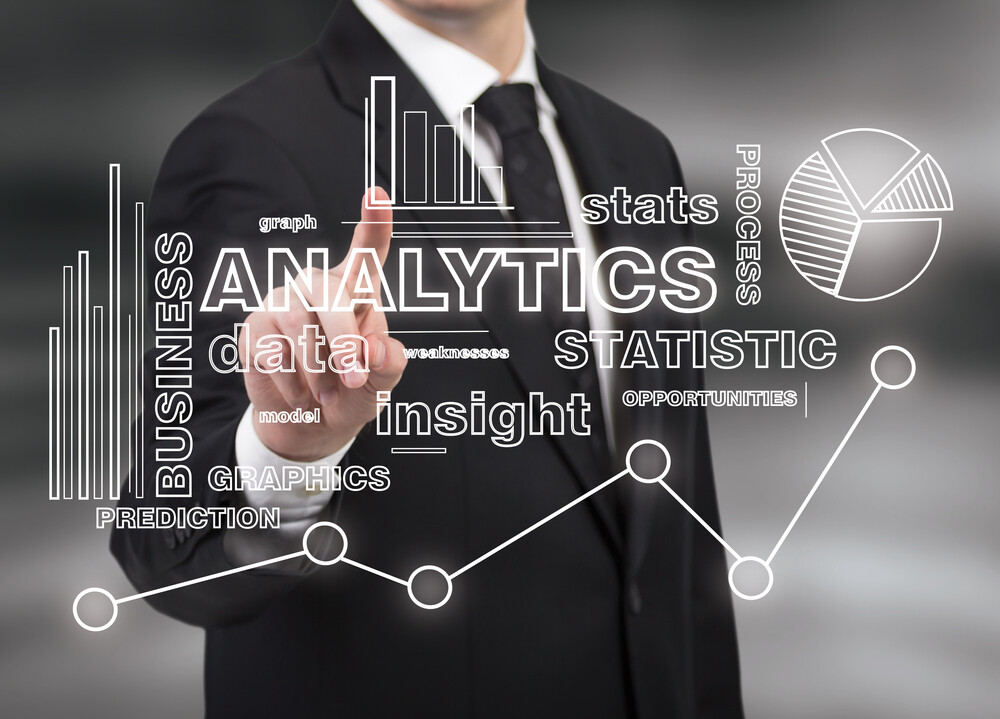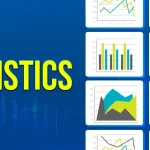Business Analytics: Driving Data-Driven Decision Making in the Modern World
Business Analytics (BA) has emerged as a powerful tool that organizations use to leverage data for improving decision-making, optimizing processes, and gaining a competitive edge. It involves the use of statistical analysis, data mining, predictive modeling, and machine learning to examine vast amounts of data and derive actionable insights. In today’s fast-paced and data-driven environment, businesses rely heavily on analytics to make informed decisions, enhance efficiency, and innovate.
This article will explore what business analytics is, its key components, how it benefits organizations, and the future of this vital field.
What Is Business Analytics?
Business Analytics refers to the practice of using quantitative techniques and data analysis methods to analyze business performance, gain insights, and drive decision-making. It blends various statistical and computational techniques with business acumen to transform raw data into meaningful insights that guide strategic actions.
Business Analytics can be categorized into three main types:
- Descriptive Analytics: Focuses on understanding past and present data to identify trends, patterns, and relationships.
- Predictive Analytics: Uses statistical models and machine learning techniques to forecast future outcomes based on historical data.
- Prescriptive Analytics: Recommends actions based on predictive analytics, optimizing decision-making to achieve the best possible outcomes.
Key Components of Business Analytics
Several key components drive the success of business analytics, making it an integral part of modern business operations:
1. Data Collection
At the foundation of business analytics is data. Organizations collect vast amounts of data from various sources, including customer transactions, social media, market reports, and internal databases. The ability to access and process this data efficiently is crucial for effective analytics.
2. Data Mining
Data mining involves identifying patterns, correlations, and anomalies in large datasets. Through techniques like clustering, classification, and association, data mining helps organizations discover previously unknown relationships that can lead to improved business strategies.
3. Statistical Analysis
Statistical analysis is at the heart of business analytics. Using mathematical models, it helps organizations identify significant trends, determine causality, and evaluate the relationships between different business variables. This helps companies make evidence-based decisions rather than relying on intuition.
4. Predictive Modeling
Predictive modeling uses historical data to forecast future events. This involves using techniques like regression analysis, machine learning algorithms, and time series forecasting to make accurate predictions about sales, customer behavior, market trends, and operational performance.
5. Data Visualization
Data visualization plays a vital role in making the insights from data analytics comprehensible. Interactive dashboards, charts, and graphs help decision-makers understand complex data quickly and make informed decisions.
How Business Analytics Benefits Organizations
The value of business analytics is reflected in how it enables organizations to be more efficient, make better decisions, and stay ahead of the competition. Some of the key benefits of implementing business analytics include:
1. Improved Decision-Making
With business analytics, companies can make data-driven decisions based on real-time insights rather than relying on guesswork. Analytics provides a deeper understanding of business operations, customer behavior, and market trends, leading to more informed and strategic decisions.
Example: A retail company can use predictive analytics to forecast demand for specific products, optimizing inventory levels and reducing waste or stockouts.
2. Enhanced Customer Insights
Analytics enables businesses to gain a deeper understanding of customer preferences, behaviors, and needs. By analyzing customer data, companies can segment their audience, personalize marketing efforts, and enhance customer experiences.
Example: Streaming services like Netflix and Spotify use business analytics to recommend content based on individual user behavior, improving customer satisfaction and engagement.
3. Operational Efficiency
Business analytics helps identify bottlenecks and inefficiencies in processes, leading to cost reductions and increased operational efficiency. Companies can use data to streamline supply chains, optimize production schedules, and improve workforce management.
Example: Manufacturers can use predictive analytics to forecast machine maintenance needs, reducing downtime and preventing costly equipment failures.
4. Risk Management
By identifying potential risks and assessing their impact, business analytics helps organizations mitigate risks and make informed decisions. Predictive models can detect patterns that indicate fraud, financial risk, or market volatility, allowing businesses to take preemptive actions.
Example: Financial institutions use business analytics to assess credit risk by analyzing the financial behavior of loan applicants, reducing the likelihood of default.
5. Competitive Advantage
In today’s competitive landscape, businesses that can analyze and act on data quickly have a significant advantage. Business analytics provides organizations with insights that help them innovate, improve products and services, and respond swiftly to market changes.
Example: E-commerce companies like Amazon use analytics to optimize pricing strategies, enhance product recommendations, and predict future consumer demand, staying ahead of competitors.
Key Applications of Business Analytics in Different Industries
Business analytics has a wide range of applications across various industries, helping organizations optimize their operations and drive growth. Here are some examples of how business analytics is applied in different sectors:
1. Retail and E-Commerce
In retail, business analytics is used for demand forecasting, personalized marketing, customer segmentation, inventory management, and optimizing the supply chain. Retailers rely on analytics to enhance the customer shopping experience and maximize sales.
Example: Amazon uses analytics to recommend products, optimize shipping logistics, and predict consumer demand.
2. Healthcare
In healthcare, business analytics is used to improve patient care, optimize hospital operations, predict outbreaks of diseases, and analyze treatment effectiveness. Data-driven insights help healthcare providers make informed decisions about patient care and resource management.
Example: Hospitals use predictive analytics to manage patient flow, reducing wait times and improving overall care quality.
3. Finance and Banking
In the finance sector, business analytics is used to detect fraud, assess credit risk, improve investment strategies, and ensure regulatory compliance. Analytics also plays a crucial role in forecasting economic trends and consumer spending patterns.
Example: Banks use business analytics to predict loan default rates, enabling them to manage risk and adjust interest rates accordingly.
4. Manufacturing
In manufacturing, business analytics helps optimize production schedules, minimize waste, manage the supply chain, and predict equipment maintenance needs. This results in cost savings, improved product quality, and efficient resource allocation.
Example: Predictive maintenance uses business analytics to forecast when equipment is likely to fail, allowing manufacturers to repair machinery before it breaks down.
5. Telecommunications
Telecom companies use business analytics to predict customer churn, personalize marketing campaigns, manage network capacity, and improve service quality. Data-driven insights help telecom providers enhance customer satisfaction and reduce operational costs.
Example: Telecom providers use analytics to segment customers based on usage patterns and target them with tailored offers to reduce churn.
The Future of Business Analytics
The future of business analytics is promising, with advancements in artificial intelligence (AI) and machine learning (ML) set to revolutionize the field. Some trends shaping the future of business analytics include:
1. Artificial Intelligence and Machine Learning
As AI and ML technologies advance, business analytics will become more predictive and prescriptive. Machine learning models will automate complex data analyses, providing more accurate predictions and allowing organizations to make faster, data-driven decisions.
2. Big Data Integration
With the proliferation of data, business analytics will increasingly rely on integrating and analyzing big data. This includes data from the Internet of Things (IoT), social media, and other unstructured sources, enabling companies to gain deeper insights into customer behavior and market trends.
3. Real-Time Analytics
Real-time data analysis is becoming more prevalent, allowing organizations to respond instantly to market changes, customer needs, and operational challenges. Real-time analytics tools will enable businesses to make agile decisions and stay competitive in dynamic environments.
4. Data Democratization
The future of business analytics will likely see a shift towards data democratization, where more employees across an organization have access to data and analytics tools. This will enable faster decision-making at all levels, empowering teams to act on data insights without relying on data scientists.
Conclusion
Business analytics is a critical tool that empowers organizations to make informed, data-driven decisions. From improving operational efficiency to enhancing customer experiences and managing risks, business analytics drives success across industries. As technology evolves, the role of analytics will continue to expand, enabling businesses to innovate, stay competitive, and thrive in an increasingly data-centric world.
By investing in business analytics, companies can unlock the full potential of their data, gaining insights that lead to smarter strategies, better products, and improved performance. Whether it’s predictive modeling, data mining, or AI integration, business analytics is the key to driving growth and success in the modern business landscape.


